World Fine Art Professionals and their Key-Pieces, 106 - Halina Zalewska
World Fine Art Professionals and their Key-Pieces, 106 – Halina Zalewska
Halina Zalewska’s work was shown in Gallery Sanaa. She had a double exhibition ‘Dedicated’ with Peter Koole. Every Friday afternoon she was present in the gallery to continue working on a drawing ‘Twins, Warszawa 1945 – Aleppo 2016’.
I visit her on one of the last Fridays. She is drawing, but at the same time constantly interrupted by visitors and acquaintances passing by, a nice liveliness in the gallery. In the small moments of concentration she silently goes further. The work will continue to exist in the form that it will have accumulated at the last Friday afternoon in November, 2016.
Collapsed Aleppo building
I sit down on one of the chairs behind her, where two ladies already have taken place. I see two drawings hang next to each other, the twins. Left shows Warsaw from 1944. A city that has been devastated. It is in black/white. And right Aleppo now, also destroyed, but colors are used here. You see a collapsed building, upstairs a boy is trapped in the debris. Occasionally Halina uses large pictures of the collapsed building as an example. It was on the TV network news, a boy who could not move his legs in the building. Halina has often repeated the short movie. “Terrible to see.”
But she comforts herself that by drawing this hopeless destruction she does something about it. This can also work. “A lot of things happen unconsciously. It is invisible, yet a form of action.” And in this way her work fits well with the more activist work of Peter Koole, she thinks.
Devastation of Warsaw
With quick wrist movements she puts lines with a black pencil, bottom left, all the way down, then back up again. Constantly she cuts the pencils with a knife. On the floor is large box with dozens of pencils. Black and color. The pencils are of good quality: Faber Castell, Lyra, Karisma. “It is important that the pigment is good so the image can also be seen in a hundred years.”
The drawing ‘Twins, Warszawa 1944 – Aleppo 2016’ is dedicated to an old friend from Syria who studied with her in Warsaw in the late seventies. Karim was his name. “When the war in Syria began, I was constantly thinking about him. Where will he be? Is he safe? She doesn’t know. When in Warsaw at the Academy of Fine Arts Karim could not believe that Warsaw was so much destroyed during the Second World War.
For her drawing she made use of imagery from the archive. Halina values the facts, evidence-based information. But when she goes to work, her feelings come up. “I research, interpret and associate continuously. Reality is changing constantly. But I think it’s important that I do not twist the facts.”
Bruno Schultz
To the left of the drawing she is working on hangs a drawing with Bruno Schultz on it. He was a Polish-Jewish writer and artist. One of the most important novelists of the 20th century. He is also called ‘the master of the Polish word’ and compared with Marcel Proust, Thomas Mann and Franz Kafka. The Cinnamon Shops and The Street of Crocodiles are his most famous books. In Dutch it has been translated by Gerard Rasch.
In these drawing two dates are haunting: November 19, 1942 and November 13, 2015, the day the attacks took place in Paris. Halina: ”In November 1942, Bruno Schultz was shot on the street by the SS and while I was working on this drawing there were the Paris attacks. Everything came together. I saw him being shot on the street. I didn’t experience the war, but then, November 2015 I first got the idea that the war had jumped over to our time. The same kind of things are happening.”
The work of Bruno Schultz she designates as her key work. “I am very sensitive, even oversensitive. But this I can use very well in my work. The topic that I choose is always an emotional decision.”
To Amsterdam
For 35 years, Halina is an artist. She made the choice for art at an early age, on her fourteenth. “I was at the Gymnasium of Jaroslaw, in southeastern Poland, I chose the art profile.” Then she went to the Art Academy of Warsaw. In the early eighties she studied at the Rijks Academy of Fine Arts in Amsterdam. She met a Dutch artist whom she married and has lived and worked since then in the city of Utrecht.
In all those years, the Netherlands has become her country. “I went to learn Dutch and have read a lot about the history of the Netherlands. Very interesting. This also applies to the Dutch literature and art.”
Piece of reality
Although the artist’s life is not easy, she still finds it a wonderful occupation. She is grateful that she can work in this way. Last summer Halina had an exhibition at the Centraal Museum Utrecht: ‘Shifted Reality’ and after that this show in Gallery Sanaa.
“I have a strong belief that I am doing this for a reason. This way of working fits very well with me. My images come from my fascination. I’m also curious to see works by other artists, this really can encourage me.”
Images: 1) and 2) photo Kurdistan Kamalizadeh, 3) Bruno Schultz, 4) Bruno Schultz, detail, 5) in Galerie Sanaa, 6) Halina is drawing, 7) Twins, detail, 8) Twins, part 1, 9) Incredibly close, 10) Incredibly close, detail
http://halinazalewska.nl/
http://ifthenisnow.eu/nl/verhalen/de-wereld-van-de-utrechtse-kunstenaar-9-halina-zalewska
Disclaimer: The views, opinions and positions expressed within this guest article are those of the author Walter van Teeffelen alone and do not represent those of the Marbella Marbella website. The accuracy, completeness and validity of any statements made within this article are not guaranteed. We accept no liability for any errors, omissions or representations. The copyright of this content belongs to Walter van Teeffelen and any liability with regards to infringement of intellectual property rights remains with the author.

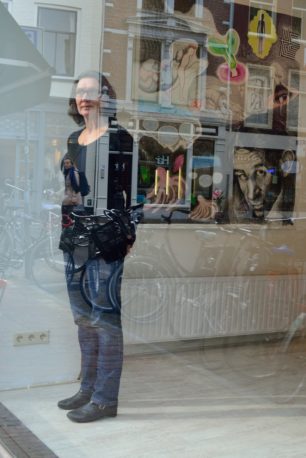
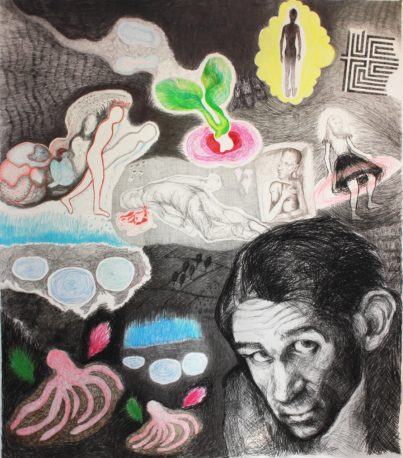
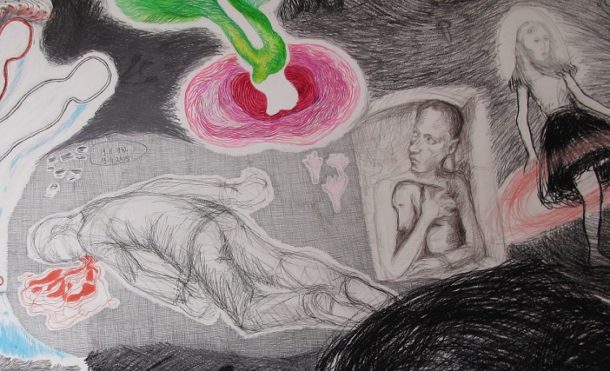
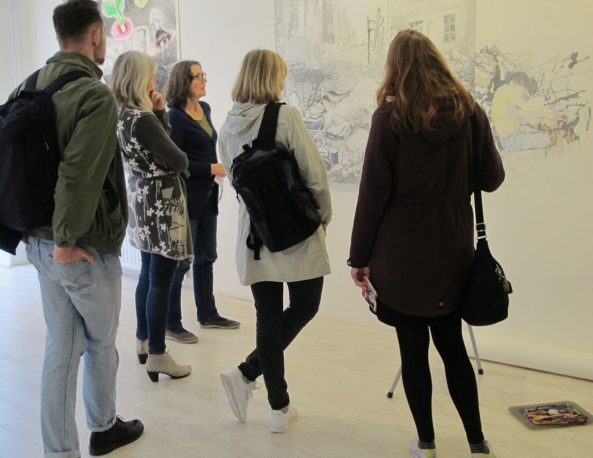

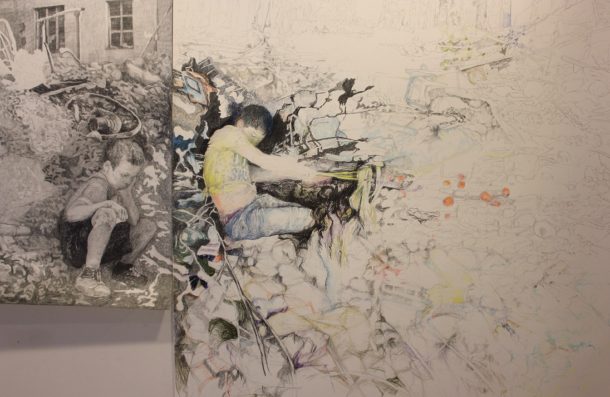
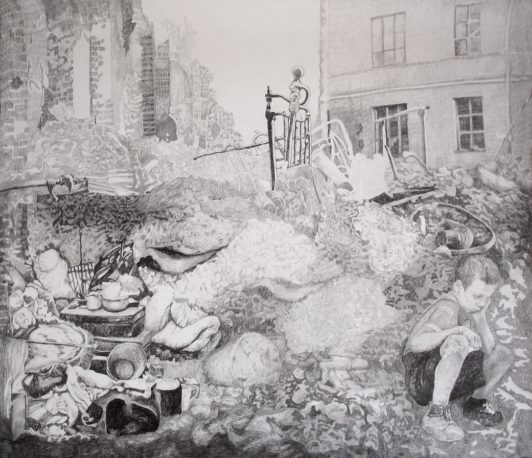
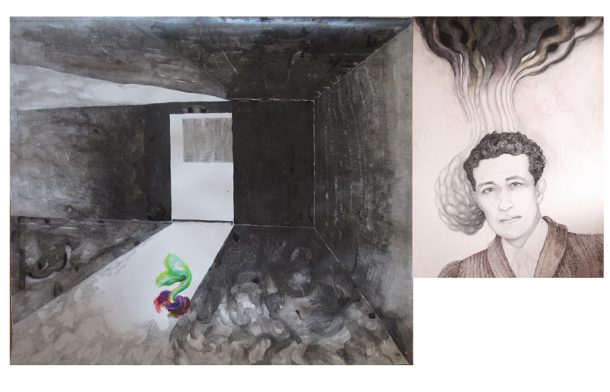
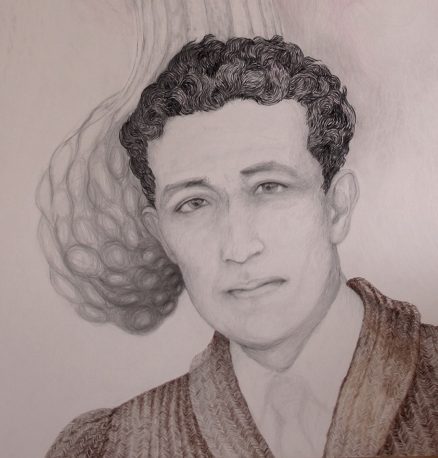














The opinions expressed by individual commentators and contributors do not necessarily constitute this website's position on the particular topic.